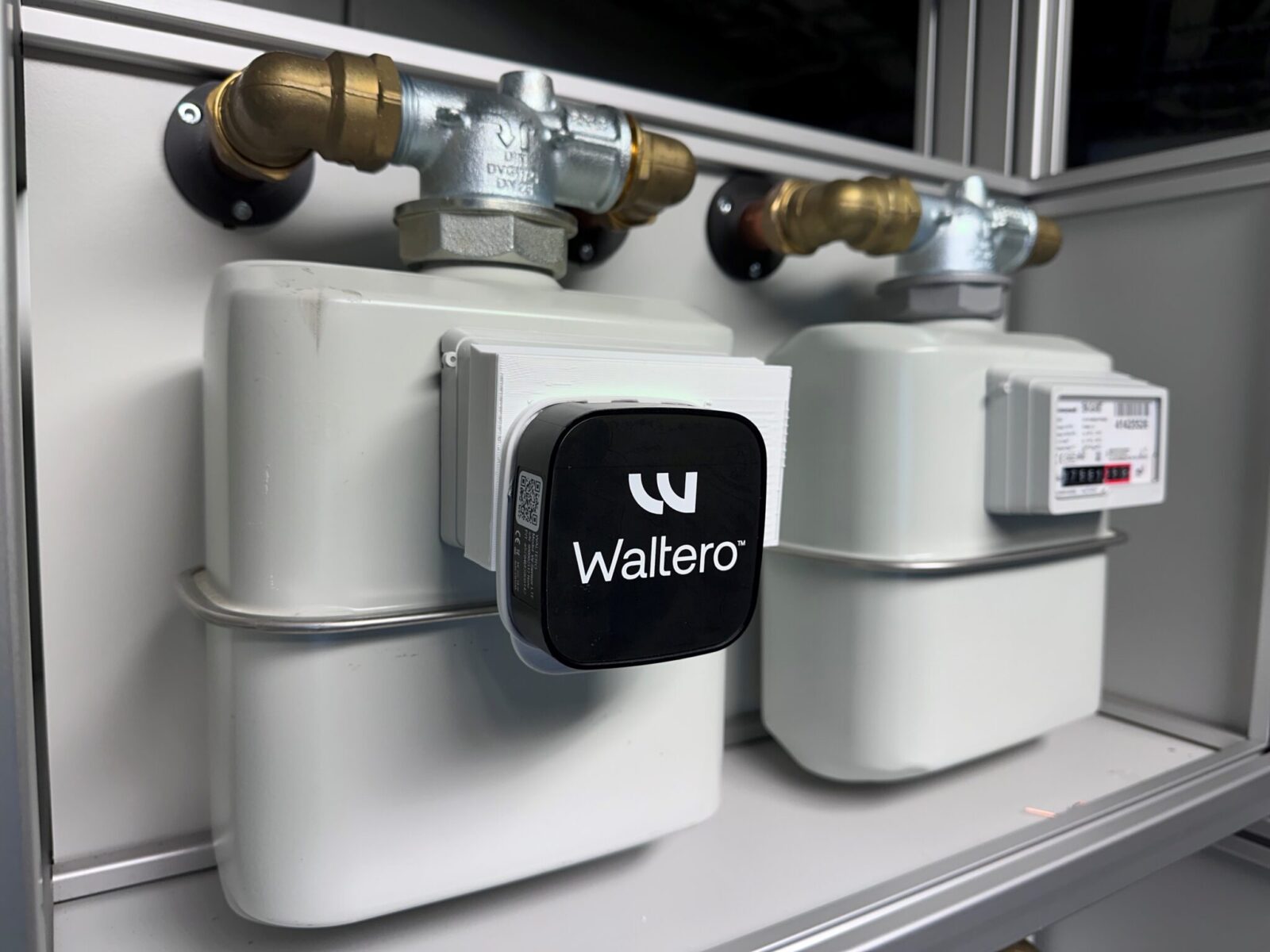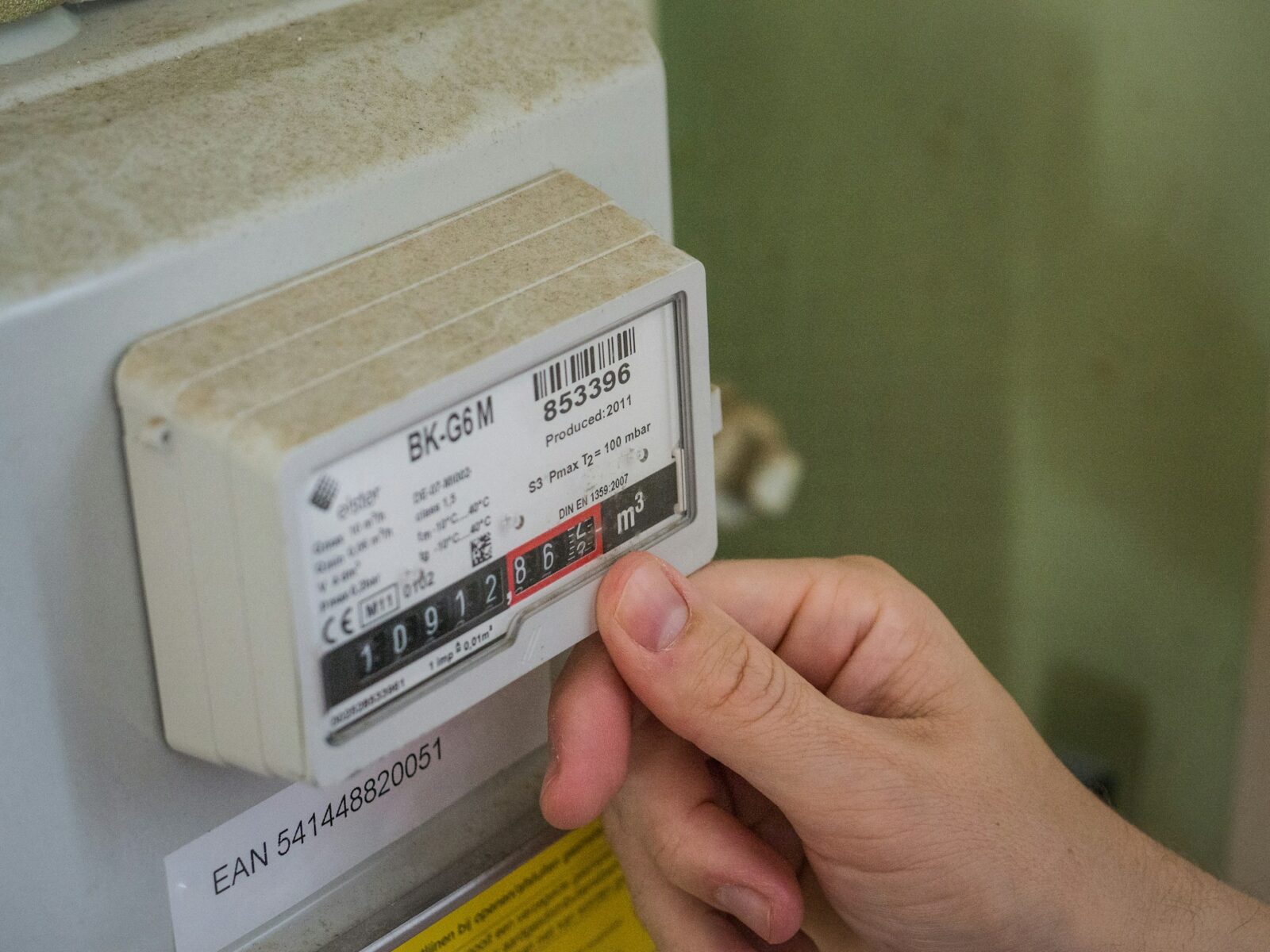How does Waltero address the maintenance of the W-Sensor system?
The W-Sensor is a hassle-free unit with no need for maintenance under normal conditions. Should there be any issues the system gives a warning signal.
Depending on the environment, the smart reader may need cleaning to ensure its sensor is not blocked by dirt, dust, or other obstructions. The W-Sensor adapter has a hinge allowing mobility of the sensor and easy access to the meter. This means that even after the reader is installed, the original meter can still be accessed and read manually. Therefore there is a redundancy, should there be an issue with the communication network or elsewhere.
The sensor comes with tamper detection and can alarm at abnormal temperatures, ensuring that the physical body of the sensor and meter is functioning correctly and won’t freeze or overheat.
Another important aspect of sensor maintenance is battery life. The W-Sensor has a 10+ years battery life. However if more frequent readings are used, or there are issues with the quality of the standard batteries, they are easily replaceable. With only the unscrewing of two screws, the batteries can be changed and upgraded.
Some mechanical meters can be refurbished hence providing a sustainable alternative to plastic meters. When the mechanical meter has come to the end of its technical life it can be exchanged with a renovated unit. The W-Sensor can remain in its location and serve the exchanged unit.
Maintenance schedules can vary based on the specific type of meter, the environment, and the utility company’s policies. The Waltero solution enables easy and low maintenance efforts, adding value to where it’s needed.
A 360-perspective on maintenance with the W-Cloud
Besides looking into maintenance of the actual hardware, there are other aspects of maintenance, such as maintenance in the digital realm. When digitizing hardware and embarking on the journey to becoming digitalized – new aspects must be taken into consideration. How can we ensure and maintain healthy and efficient data flows? What does digital infrastructure look like?
Data as a Service, or DaaS, is an innovative strategy that makes data readily accessible over the Internet, without the restrictions of geographic or organizational limitations. It’s part of the cloud services realm, existing alongside popular models like Software as a Service (SaaS), Infrastructure as a Service (IaaS), and Platform as a Service (PaaS).
The core principle of DaaS is that data can be stored in the cloud, and then made available to users on-demand, no matter where they are or what device they’re using. The data type involved can vary widely, from static information to dynamic real-time data. Waltero is offering DaaS through the W-Cloud, enabling easy maintenance and accessibility of data for users, without complicating the existing digital system.
So, how does DaaS come together?
The process kicks off with data collection. Data from various sources – databases, machine-generated data, manually inputted data, and so on – is aggregated. This collection is then processed, cleaned, and securely stored in the cloud. The DaaS provider shoulders the responsibility for ensuring this data is not only reliable but also secure – they are in charge of digital maintenance. The accessibility of DaaS is facilitated via the internet. Users gain access to the data through Application Programming Interfaces (APIs) or dedicated web portals. This provides them with the ability to use the data according to their specific requirements, be it for data analytics, machine learning algorithms, business applications, or any other purpose that requires data.
Maintaining the quality and usefulness of the data is a priority in the DaaS model. Therefore, the data is regularly updated and managed to ensure its accuracy.
What infrastructure is required to support DaaS?
First, a cloud service provider is essential, serving as the host for the DaaS platform. They are the ones taking care of data storage, processing, and delivery. Second, there’s a need for one or more data sources to feed into the DaaS system. On top of this, implementing strong security measures is non-negotiable for protecting the data. This typically includes elements like encryption and access controls. To manage the data effectively, data management tools are used. Lastly, since DaaS is an internet-based service, a stable and reliable network connection is essential for users to access the data seamlessly.
In summary, DaaS is a powerful resource for businesses that need to leverage large amounts of data but lack the necessary resources or inclination to handle data management in-house. Its strengths lie in its scalability, cost-effectiveness, and the continuous availability of high-quality, up-to-date data.
Conclusion
The W-Sensor and the W-Cloud are low in maintenance with built-in alarms for common situations requiring attention. The system will tell the administrator about obstructions, temperature, and battery life. The batteries are easily exchangeable, in the event of a power shortage.
Since the mechanical meter is still in place and readable the system provides a redundancy ensuring that meter values are always available.
The DaaS ensures that service is up to date and data is available at any time.

